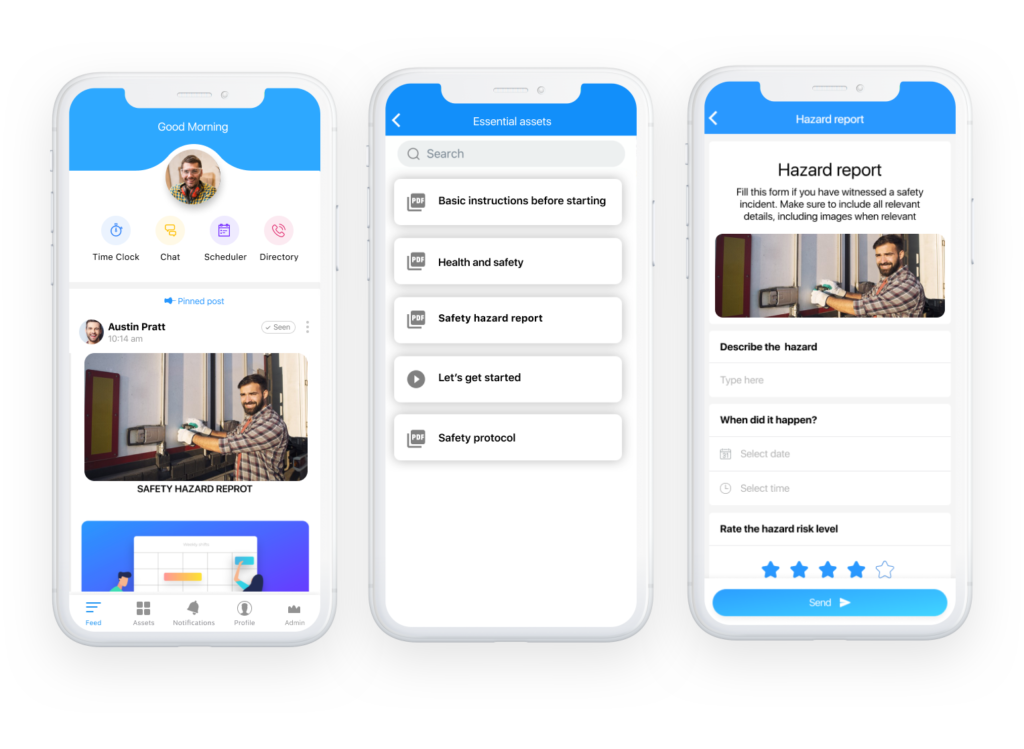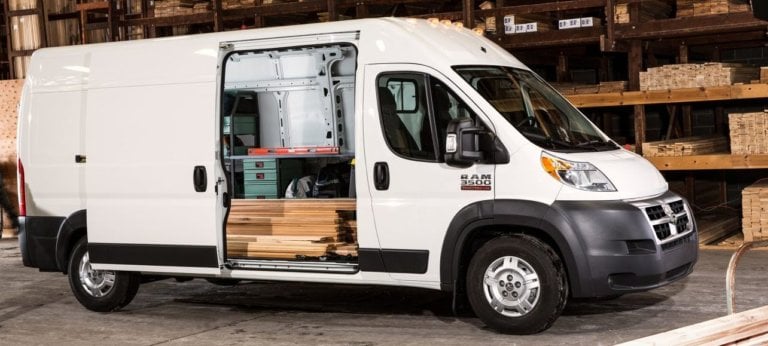“Amazon has spent an amount on shipping in the last year that is more than the GDP of 100 countries in the world. It is unfathomable. They continue to do that because their stock price continues to hover near $2,000 and this questionable allocation of spend doesn’t seem to bring its stock price down,” Sucharita Kodali, a Forrester retail analyst.
And guess what? Amazon actually lost about $8 billion from shipping because their aim is to deliver value through their service by offering flexible delivery options. To Amazon, high customer satisfaction is far more important than losing money on shipping.
Now, not all companies can do what Amazon does but there are other options available that won’t break the bank while still ensuring your customers are happy.
4 Ways to Cut Down Last-Mile Delivery Costs in 2025
Invest in Customer Experience
When you invest in customer-focused communications apps, last-mile delivery costs drop as failed deliveries drop as well. Basically, when customers know exactly when their package has left the store or warehouse and are aware of the estimated delivery date and time, they make more of an effort to be at home to pick up their packages. However, if they can’t be there or miss the delivery time, then using a communication app helps you prevent this from happening as drivers and customers can chat one-on-one in real-time.
Most communication apps include automated reminders so drivers can send a preset message for any situation – like if a late delivery is anticipated. Additionally, customers can choose from various options, such as choosing a later time slot, picking the package up from a local locker or leaving the packing in a specific spot at the delivery location. This level of customer experience makes repeat customers a reality and not some faraway dream.
Automate Processes with a Mobile Workflow App
Last-mile delivery services should be flexible and quick because that’s what your clients expect. That’s where automating processes comes in, with a streamlined workflow, you can manage customer expectations while maintaining a profit. A mobile checklist and workflows app helps your delivery team efficiently automate last-mile delivery operations right from their mobile phone at any time, from any location.

While on-the-go, employees can fill checklists, forms and reports – such as delivered package form, vehicle inspection report, signed customer receipts, expense reimbursement forms, vacation requests, safety reports, and more, all of which are sent to a predefined address so managers are always in the loop on the delivery progress. With numerous fields, your team can add free text, multiple-choice, image uploads, documents scanner, digital signature, GPS location and more right from their mobile phone. When you go paperless, processes are efficiently automated, time is saved and employees are happier with the easier flow in their daily work.
💡 Pro Tip:
Looking to improve efficiency and ensure fleet safety? Our selection of the best vehicle inspection apps offers everything you need to streamline inspections, reduce paperwork, and stay compliant. Discover the right app to support your vehicle management goals!
Optimize Routes
Your best drivers might know all the top routes and local areas like the back of their hand, however, they can’t fight unexpected obstacles – weather changes, construction sites forcing closures, congestion from traffic, and more. Tackling these issues with manual route planning, like pen and paper, can cost you big time. The time lost from calculating new route plans can cause delivery delays which lead to angry customers.
Using software can help save time, costs, and makes it easier to focus on the bottom line.
Flexible Delivery Options
When you offer more delivery options, it’s that much easier to reduce delivery costs. But how can that be? Because when more delivery options are on the table, they cater to many customers’ needs which leads to better customer satisfaction.
Most options include same-day shipping, next day shipping or within four business days. With each option, you have a different delivery speed, price and convenience. Most customers that are faced with flexible delivery options will usually choose the option that is the cheapest for them and it’s usually less expensive for the company as well. With multiple delivery options, customers will choose the time that really works for them so you aren’t faced with numerous failed and expensive deliveries.
While each flexible delivery option is cost-effective, it does take a lot of effort and technology to ensure everything runs smoothly.
The Bottom Line on Last-Mile Delivery
Last-mile delivery is all about finding that balance between what a customer expects and maintaining profitability. With investment in customer experience, using a mobile workflow app, optimizing routes and offering flexible delivery options are just a few tactics you can implement to deal with last-mile delivery cost problems and boost profitability.
From field to office in the blink of an eye
Go paperless and say goodbye to endless piles of folders. Improve compliance, standardize operating procedures, and move your business forward with Connecteam’s mobile-first online checklist and forms app. Start for free now!




